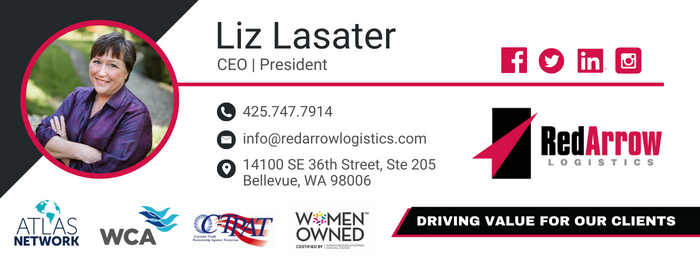Over the last few years, many businesses have experienced challenges in supply chain procurement, which means it is now more important than ever to evaluate your supply chain procurement processes. A procurement strategy not only manages spending but also ensures operational effectiveness. An effective procurement strategy means that production, workflow, and budget are aligned with the specific needs of your company.
What is a Procurement Strategy?
Procurement is a way to find and manage external resources by selecting the best suppliers and streamlining procedures. The first step in creating a procurement strategy is understanding the company’s needs and how to meet them. The goal of developing a procurement strategy is to ensure the right goods and services are sourced from the right supplier at the right price.
Procurement strategies usually fall into one of the following categories:
- – Low Cost. This type of procurement focuses on finding the lowest-cost supplier for a good or service. While this is a way to reduce expenses, it can also lead to procuring lower-quality items.
- – Value-based. This strategy combines factors such as price, setup costs, delivery time, and other costs. This can lead to savings if the correct suppliers are chosen.
- – Strategic Sourcing. Strategic sourcing centers on long-term relationships between a business and a supplier. It is a more customized approach that takes into account the needs of the organization when choosing suppliers to improve performance, reduce risk and cut costs.
A procurement strategy benefits a business by improving its competitive advantage. It reduces costs and improves efficiency. Without a strategy, a business may spend more time and money than intended on acquiring goods and services.
How to Develop an Effective Procurement Strategy
The following steps will help create an effective procurement strategy.
1.) Current Procurement Strategy Process. Evaluate the current procurement process. Most supply chain procurement follows a similar process:
- – Identify needs.
- – Research suppliers to find the most appropriate or cost-effective.
- – Communicate and negotiate with suppliers.
- – Create and approve a purchase order.
- – Receive an invoice from a supplier.
- – Receive and inspect the goods or services.
- – Make payment.
- – Communicate with the supplier as needed.
Understand how the process works and map out the responsibilities of each department and team member. If there are ways to streamline, automate, or improve, note those changes.
2.) Supplier Management. Supplier management and optimization centers around the supplier relationship that a business builds. A company should work with suppliers that are beneficial in terms of cost and can provide the most appropriate goods and services. Evaluate which current suppliers are reliable and cost-effective and those that are slower, have poor performance or quality or do not meet deadlines. Perhaps there are alternatives that can save money, such as sourcing similar products from existing suppliers. To expedite the process, procurement software can help compare suppliers in the same market.
3.) Total Quality Management. Costs accumulate because of a variety of reasons including slow payments, late deliveries, defective supplies or finished products, and human error. Total quality management (TQM) refers to the process of finding and reducing errors in manufacturing, improving customer service, and streamlining supply chain management. This is a way to optimize by identifying and reducing risks and errors, evaluating the customer experience, and employee training.
4.) Risk Management. Supply chains can be disrupted due to political issues, trade wars, labor strikes, environmental events, and more. Risk management is evaluating potential risks that a company may have to handle. It also includes identifying resources that could minimize risks so that should an event occur, the business is able to rely on its responses to decrease the impact of the event. It is prudent to have a backup plan for every potential risk to the supply chain. Having different options for suppliers will create a more flexible supply chain that is able to weather disruptions.
Your Trusted Partner
A procurement strategy is important for your business to succeed and needs to be reviewed regularly for bottlenecks and risks. A strong procurement strategy reduces costs, saves time, and improves customer satisfaction with on-time deliveries. If reviewing your current strategy uncovers bottlenecks along the supply chain or supplier issues, a 3PL can improve your procurement process. Red Arrow Logistics can offer solutions to optimize your procurement strategy in a variety of ways.
Red Arrow offers the scale and scope of services including air, ocean, and ground transportation to meet the budget and schedule requirements of the largest and smallest companies alike. If we can be of assistance, please email us at info@redarrowlogistics.com or give us a call at 425-747-7914.





